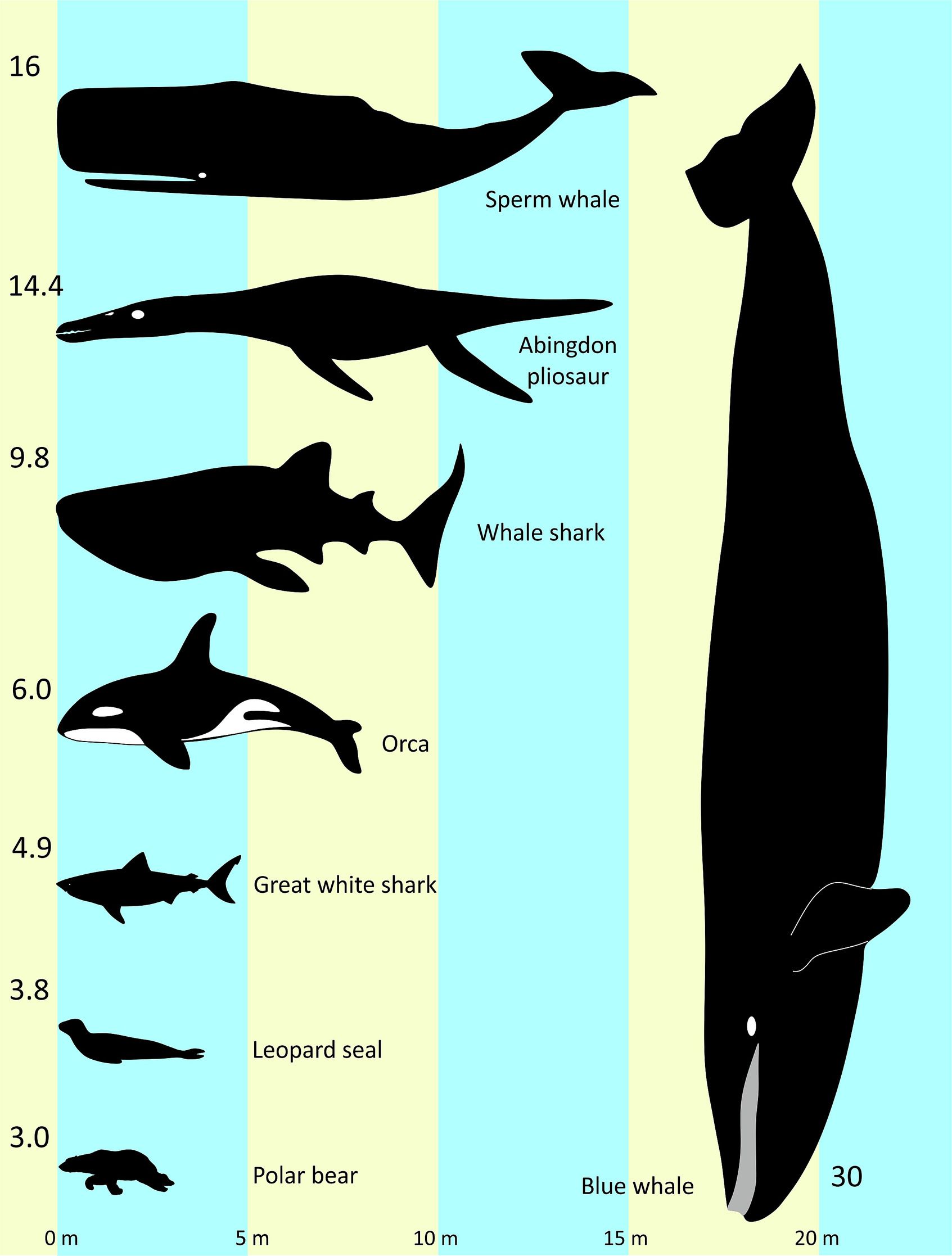Palaeontologists from the University of Portsmouth have discovered the fossil of a new species of prehistoric marine reptile that could have been twice the size of a killer whale. The new findings suggest these animals could be much larger than previously thought, adding to a debate that has divided experts for some time.
The remains of a pliosaur were accidentally discovered by Professor David Martill and PhD student Megan Jacobs while visiting Abingdon County Hall Museum, in Oxfordshire. The pair had originally visited the museum to photograph an ichthyosaur skeleton, but they then found something unexpected in a drawer.
“Dave opened the drawer and there was a huge backbone in it – it was dinner-plate sized”, Jacobs told BBC. “We got it out had a look and concluded it wasn’t a dinosaur but a huge marine reptile.”
Pliosaurs were large, fearsome marine predators that lived during the Late Jurassic era, around 145-152 million years ago. These sea beasties had massive heads and short necks, which were attached to a characteristic teardrop-shaped body. Pliosaur skulls were filled with massive teeth, as big as a T. rex’s, which protruded from their jaws in a similar way to modern crocodiles.
Despite their size, this family of ocean hunters was relatively unknown to the public until one species, a Liopleurodon, appeared in the BBC TV documentary series Walking With Dinosaurs in 1999 (and later that scene in a particular YouTube video).
During the documentary, the Liopleurodon was described as being massive, up to 25 meters (82 feet) long and possibly weighing up to 150 tonnes. This sparked significant debate among researchers at the time, as there are no unambiguous fossils to support such a claim. Although some examples of particularly large specimens have been found in parts of England, most of the existing fossils suggest pliosaurs were only around 6-7 meters (20-23 feet) long. However, the new discovery at Abingdon may change this.
The fossils (there are four of them in total) are vertebrae that belonged to a species of pliosaur that was originally found in the Kimmeridge Clay Formation, which dates to the Late Jurassic period. The formation was initially found at a farm in the River Thames Valley in Oxfordshire.
After conducting topographic scans on the vertebrae, the researchers calculated that this species of pliosaur may have been between 9.8 and 14.4 meters (32 to 47 feet) long.
Size doesn’t always matter, but the new species of pliosaur was particularly large, especially compared to existing marine species.
Image credit: University of Portsmouth
“The new material, although fragmentary, is clear evidence for a truly gigantic pliosaur species in the Late Jurassic,” the authors wrote in their publication, “although not yet on a par with the fanciful claims made for Liopleurodon in the iconic BBC TV series Walking With Dinosaurs.”
“Nevertheless, pliosaurs were extremely large predatory marine reptiles, and comparable in size with many of today’s larger aquatic predators.”
The study was published in Proceedings of the Geologists’ Association.
Source Link: Massive Prehistoric Sea Monster Was Double The Size Of A Killer Whale, Fossils Reveal
